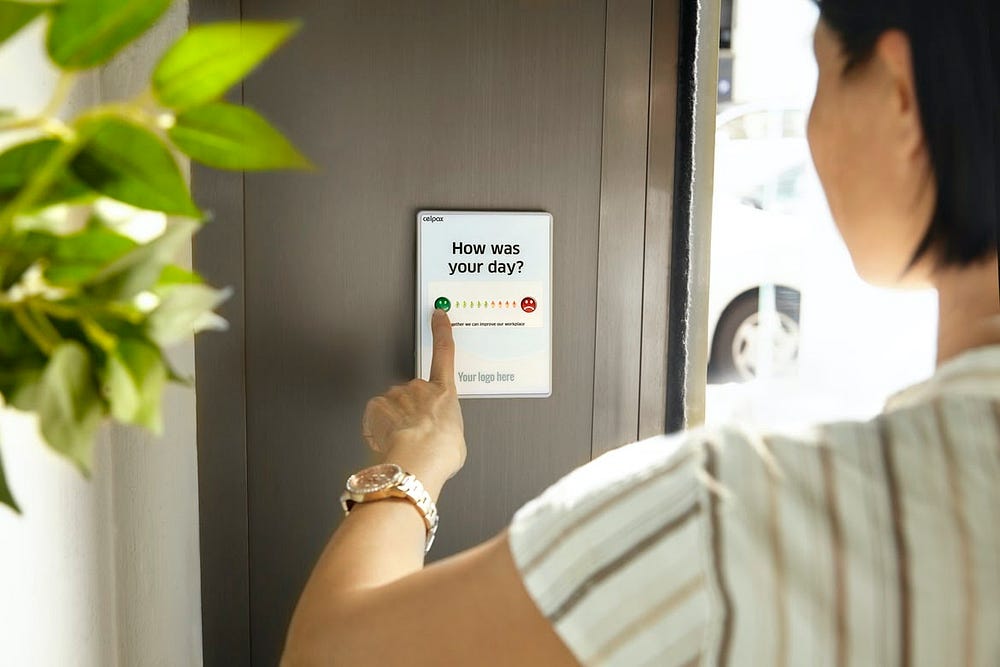Customer feedback is vital to rapid iteration and improvement in business. It allows companies to quickly test new products and services, identify what customers want and need, and make changes accordingly.
In the early days of a startup, customer feedback is especially important because it can help founders determine whether their idea is worth pursuing. It can also help them figure out what features to focus on, how to price their product, and where to allocate resources.
In this article, we’ll discuss the benefits of customer feedback and how to collect it effectively.
The Benefits of Customer Feedback
1. It helps you figure out what customers want.
One of the key benefits of customer feedback is that it can help you figure out what your customers want. This is especially important for startups, who may not have the resources to do extensive market research.
Customer feedback can help you determine what features to add to your product, what design changes to make, and even what products or services to offer next. It’s the most direct way to ‘speak’ with your customers’ wants and needs, and can help you make decisions quickly and efficiently.
Retention360 lets you aggregate customer feedback across a variety of sources. Our dashboard tool allows you to view and categorize customer feedback based on sentiment, which can let you see what customers think your product needs in moments.
2. It helps you improve your products and services.
Another key benefit of customer feedback is that it can help you improve your products and services. By understanding what customers like and don’t like about your product, you can make changes that will increase customer satisfaction and loyalty.
This is especially important for businesses that are constantly releasing new products or offerings. Customer feedback can help you identify issues early on and make the necessary changes before the product or service is released to the public. This is technically termed ‘alpha iteration’ — the process of releasing a product to a limited audience for feedback and refinement before a full launch.

3. It can help you increase sales and conversions.
Customer feedback can also help you increase sales and conversions. By understanding what customers want and need, you can create marketing materials (e.g., website copy, product descriptions, etc.) that speak to those needs.
You can also use customer feedback to improve your sales process. For example, if you know that a lot of customers are abandoning their purchase midway through the checkout process, you can work on fixing whatever is causing that issue — analytics and heat mapping software can help you with that.
4. It helps you build customer loyalty.
Customer feedback can also help you build customer loyalty. When customers feel like they’re being heard and that their feedback is actually being used, they’re more likely to be loyal to your brand. They’ll also be more likely to recommend your product or service to their friends and family.
How To Collect Customer Feedback Effectively
1. Use surveys.
One of the most common ways to collect customer feedback is through surveys. This can be done in a variety of ways, including through email, on your website, or even through social media.
When designing your survey, make sure to keep it short and simple. You want to make it easy for customers to provide feedback without feeling overwhelmed or bogged down.
Include questions that will help you understand what customers like about your product or service, what they don’t like, and what improvements they would like to see.
Retention360 is perfect for fast, effective survey building. Our survey templates can be embedded as QR codes in marketing materials or your product, and this rapid feedback cycle can help you iterate more effectively.
2. Use feedback forms.
Another way to collect customer feedback is through feedback forms. These can be included on your website or sent to customers after they’ve purchased a product or service from you.
When designing your feedback form, make sure to keep it concise and easy to understand. Include questions that will help you gather feedback on specific products or services, as well as overall customer satisfaction.
3. Use social media.
Social media can also be used to collect customer feedback. You can set up surveys or feedback forms on your social media pages, or you can ask customers to provide feedback in the comments section of your posts.
When asking for feedback on social media, make sure to keep your questions short and easy to answer. You also want to make sure that you respond to any customer feedback that is posted. This will show customers that you’re engaged with them and that you value their opinions.

4. Use customer service channels.
Finally, you can also collect customer feedback through your customer service channels. This includes things like phone calls, emails, and live chats.
When collecting feedback through customer service channels, make sure to ask questions that will help you understand the customer’s experience with your product or service. You can also ask customers for their feedback on specific aspects of your product or service.
If your company struggles with customer feedback, stay up to date with methods & tips to improve your company’s perception. Follow Retention360 to learn more about our all-in-one software solution? Start today!






































